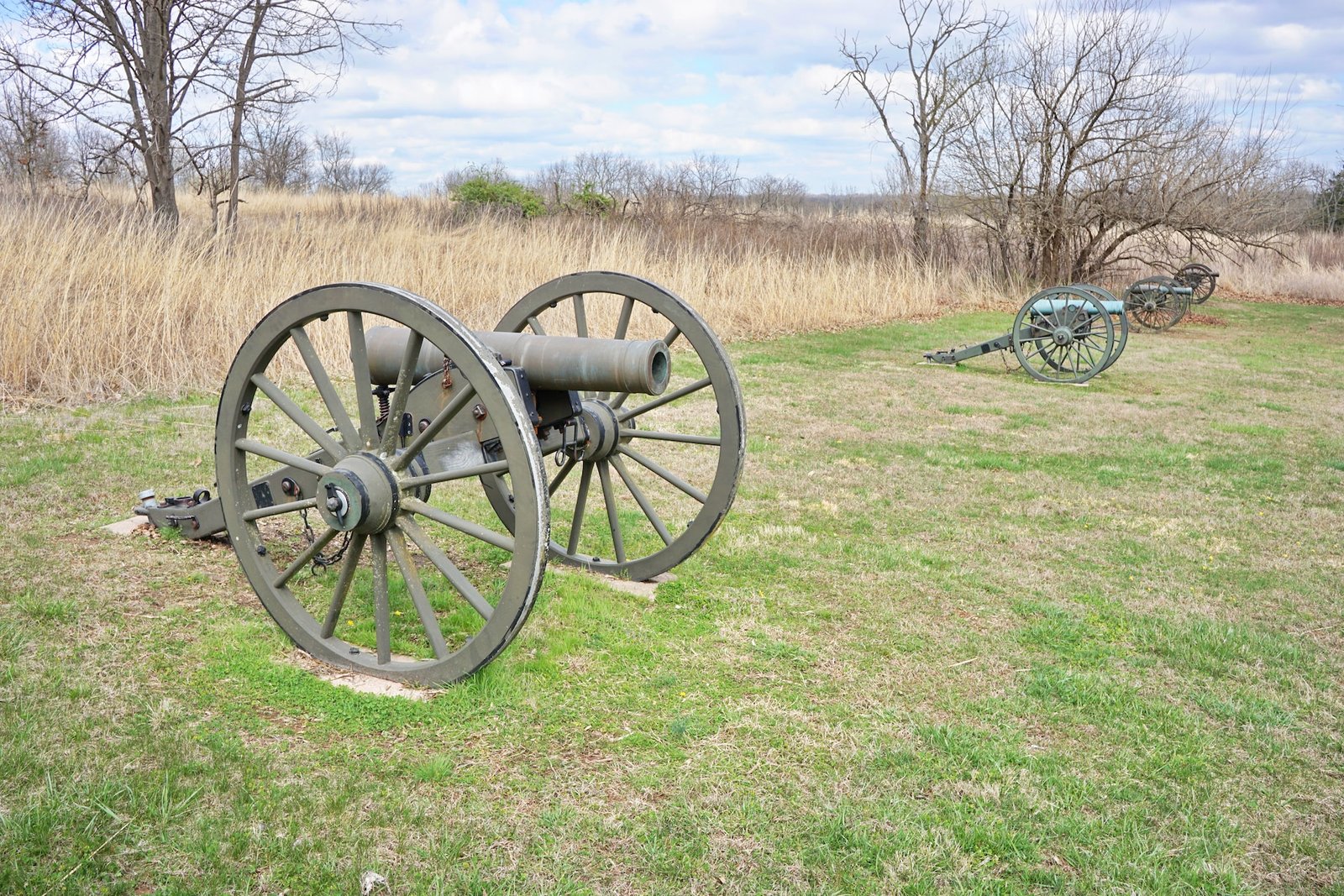Comparing & Union and Confederacy
The American Civil War wasn’t just about big battles and famous leaders. It was really about the deep differences and surprising similarities between the North (the Union) and the South (the Confederacy). More than just a fight over land or power, it was a clash of beliefs, money-making ways, and lifestyles. Let’s take a closer look at what made each side unique.
Core Beliefs: Choosing Between Freedom and Old Ways
Understanding the Civil War means getting to the heart of a big disagreement: slavery. The North, or the Union, started to see slavery as going against the idea of freedom that America stood for. Not everyone felt this way, but many, especially those wanting to end slavery, thought it was wrong and against the country’s values. They believed that everyone, no matter their background, should be free.
The South, known as the Confederacy, had two main beliefs about slavery. First, they felt that each state should decide its own rules, including whether they wanted slavery or not. Second, slavery was a big part of their way of life and economy. So, they weren’t just trying to keep an old tradition, but they were also trying to protect their lifestyle from changes coming from the more factory-based North.
City Factories vs. Farming Lands
By the middle of the 1800s, the North and South of America were growing in different directions when it came to money and jobs. The North was quickly becoming a place of big factories and busy cities like Boston and New York. This change meant more than just new buildings and machines; people’s lives were changing too. Many left their farms and small towns to find work in these new factories, hoping for a better life in the city.
The South was very different from the North. It was known for its big farms and green fields where crops like cotton and tobacco grew. Most of the work on these large farms was done by slaves. These farms weren’t just about making money; they showed how rich and powerful their owners were. People who owned these farms lived in big, fancy houses and threw grand parties. They were like the kings and queens of the South. They didn’t want anything to change because they liked things the way they were. This is why they were so determined to keep things the same.
Different Leaders: Comparing Lincoln & Davis and Grant & Lee
The main leaders of the Union and the Confederacy represented what their areas believed in and stood for. They were more than just bosses or rulers; they showed the heart and spirit of their people.
In the North, many people saw President Abraham Lincoln as a symbol of hope. He strongly believed in keeping the Union together and led with kindness, making him popular. However, he had a tough time finding a military leader who thought the same way. This changed when he met General Ulysses S. Grant. Grant was a determined leader who used the North’s larger numbers and industrial power to challenge the Confederate forces.
In the South, they looked up to President Jefferson Davis as their main leader. Having been a U.S. Senator and in charge of war matters before, Davis knew a lot about running a government and planning battles. But the real star for the South was General Robert E. Lee. He was brilliant at planning surprise attacks and bold moves. Even when his army was smaller in number, under Lee’s guidance, they always stayed strong and tough during the war.
Military Philosophies:
The way the Union and Confederacy planned their battles showed what they had and what they wanted to achieve. Grant, who had the strong support of the North’s industries, could plan long battles. He often aimed to keep fighting the Confederate soldiers non-stop. With more soldiers and better supplies on his side, he tried to wear out the other side by keeping them always engaged in battle.
Lee had a different approach. He usually had to defend, because he had fewer resources and wanted to guard the South’s land. He aimed to stop the Union’s attacks and find chances to strike back. Even in tough situations, like at the Battle of Chancellorsville, he showed he could win big, thanks to his smart planning.
Conclusion:
The Civil War was more than just a battle between two sides; it represented two different ways of life, thoughts, and economies. While the physical fights took place outdoors and in towns, the deeper battle was about what people believed in their hearts. This war showed how far people might go when they don’t agree. Today, when we remember the past, it’s essential to know these differences. This helps us value the efforts and sacrifices many made for the country’s future.







